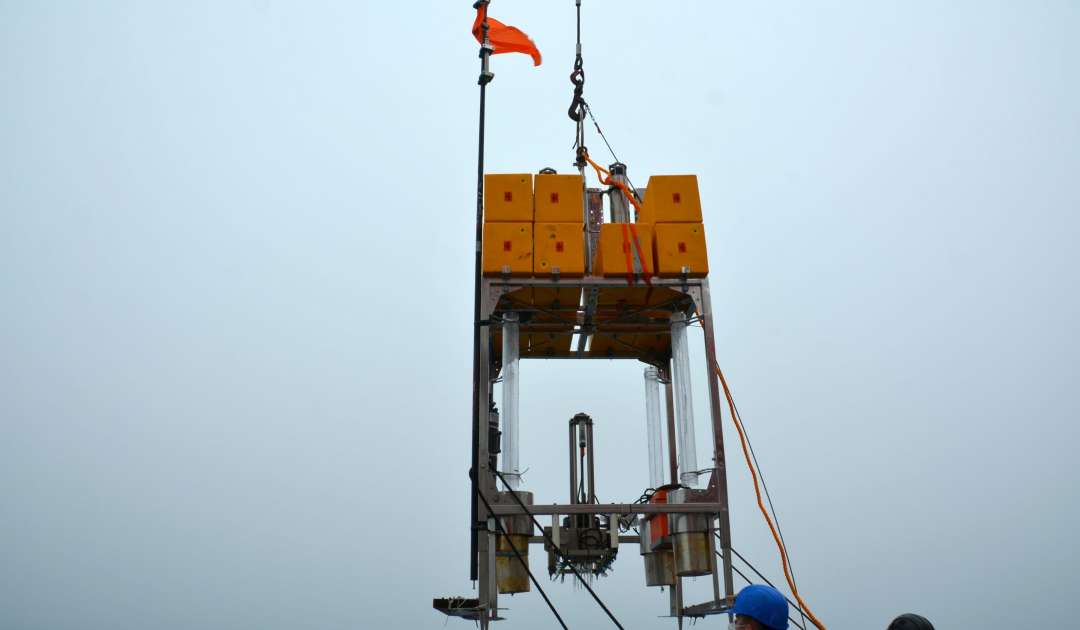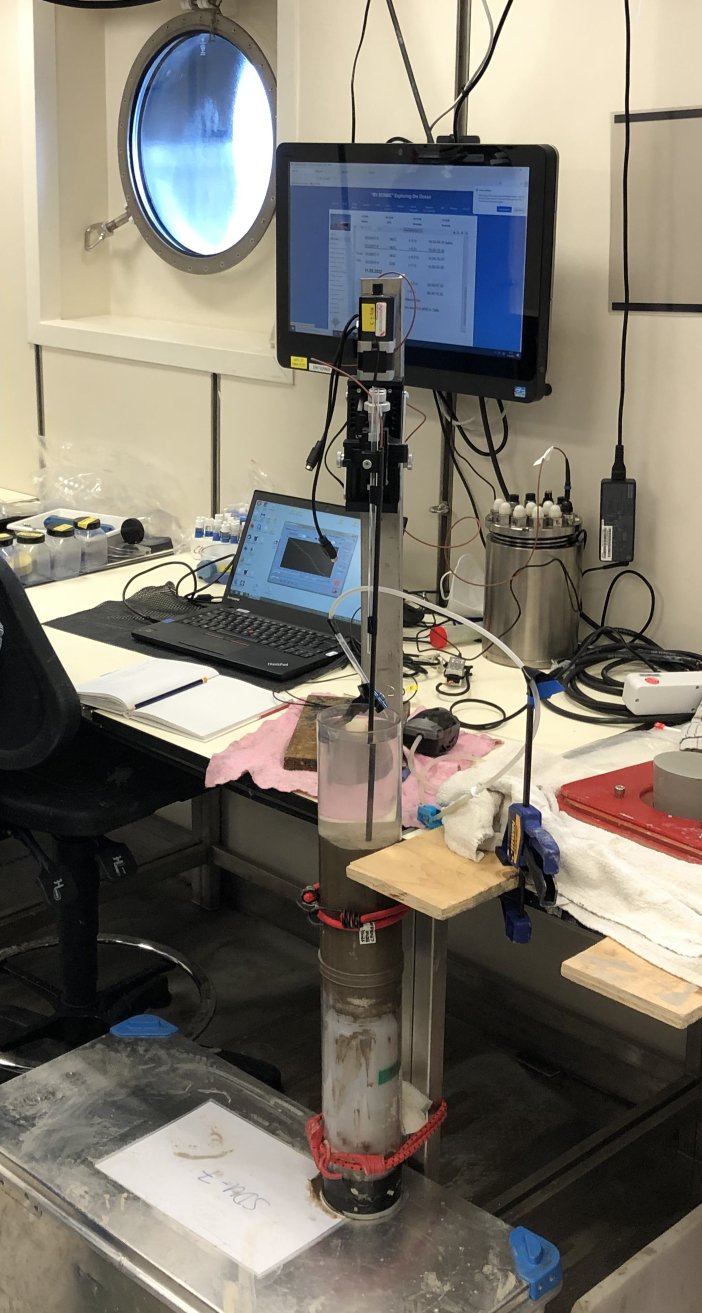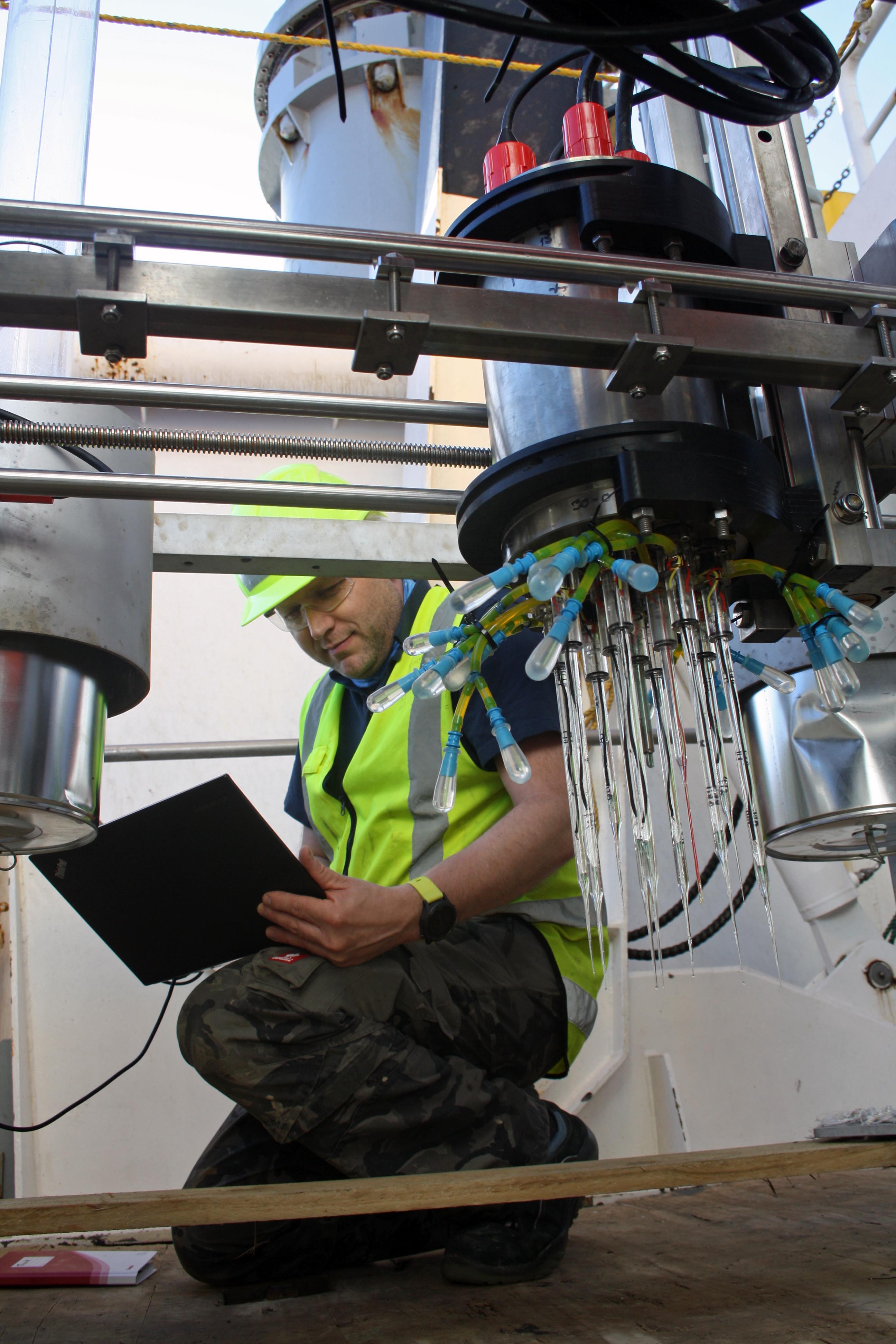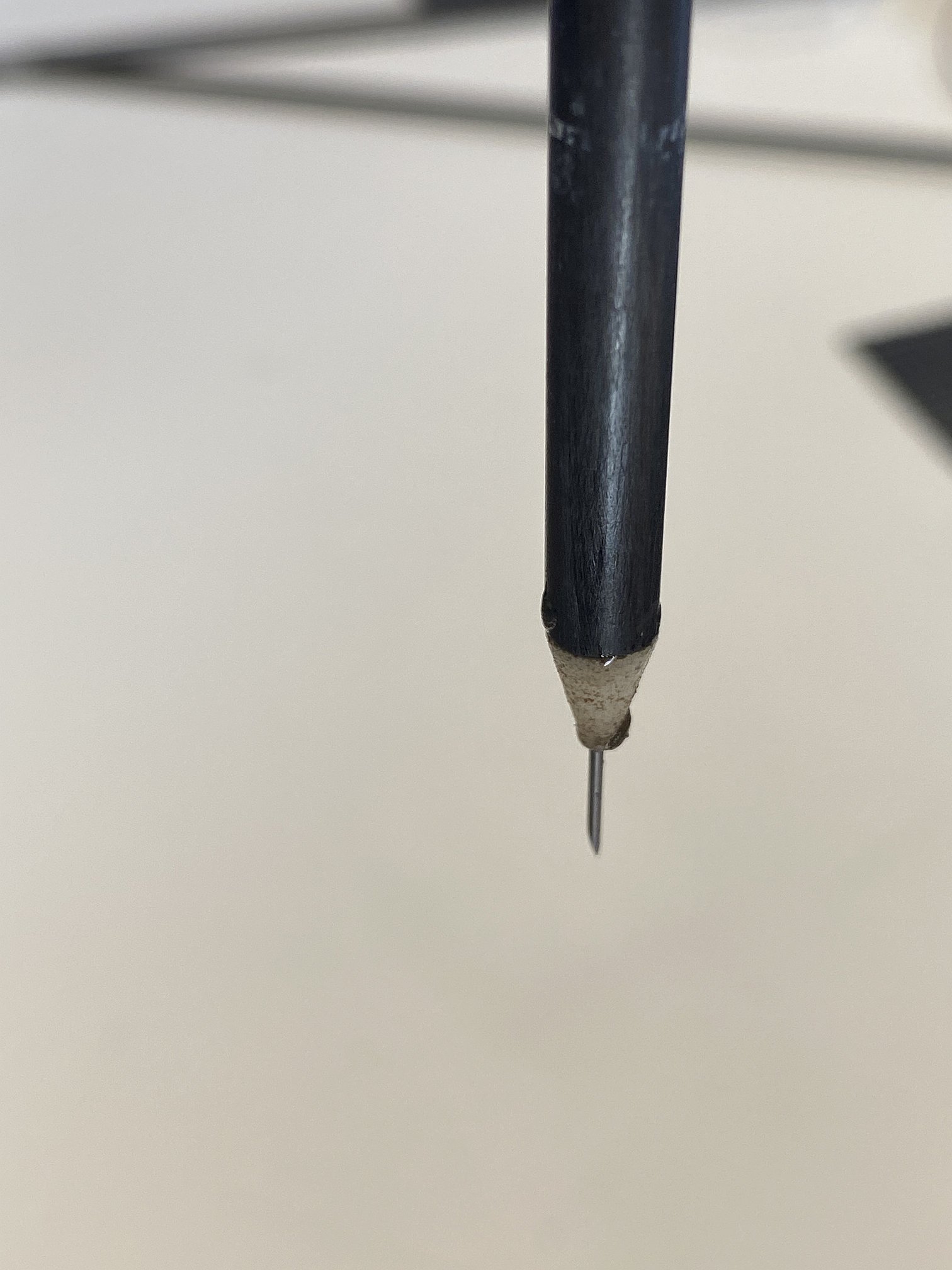Oxygen (O2) a key player in nature - dynamics and zonation in deep sea sediments
My name is Frank Wenzhöfer and I am a scientist at the Alfred-Wegner Institute Helmholtz Center for Polar and Marine Research (Bremerhaven, Germany) and the University of Southern Denmark – Danish Center for Hadal Research (Odense, Denmark). My main research interests are in the fields of benthic ecology and biogeochemistry of extreme environments (cold seeps, polar systems, hadal trenches), marine carbon cycling, sensor and in situ technology. The main goal of my research is the comparative analysis of different benthic habitats to understand how environmental conditions at the seafloor are reflected in element cycling, element and energy fluxes, and in the shaping of benthic communities.
Oxygen is an absolutely critical key molecule in earth ecology. The global cycles of carbon and oxygen are tightly linked and involve atmosphere, oceans and sediments. Oxygen is produced by photosynthesis, and it is the ultimate electron acceptor for organic matter mineralization. Approximately 40 % of the global photosynthesis each year occurs in aquatic environments. Organic matter is produced from inorganic carbon using sunlight as the energy source. This primary production constitutes the basis of the whole biosphere. A significant fraction (25-50 %) of the produced organic material reaches the sediment surface, where it is either degraded or permanently buried by an active and diverse (microbial) community. In this scenario, deep sea sediments can either act as a source of inorganic nutrients and carbon or they represent a sink for long-term preservation of anthropogenically produced CO2. Oxygen is globally the most important oxidant in benthic respiration dominating carbon mineralization in deep-sea sediments. At the seafloor, the sediment water interface is one of the most important transition zones for solute exchange; it is characterized by an upper oxic horizon with, depending on the microbial activity, steep O2 gradients. Additionally, fauna activity and patchy distributions of settling organic matter may also introduce a mosaic-like pattern of microzones and microniches.
Usually, we measure the oxygen distribution directly at the seafloor (in situ) with instruments called benthic lander systems (Fig. 1). However, due to technical problems on this cruise we are only able to perform measurements on board in the laboratory (ex situ) (Fig. 2). Ex situ measurements are not ideal to quantify carbon mineralization, due to recovery artefacts when collecting core from great depth, but they still provide us a good approximation of the oxygen zonation in these sediments. In both cases, we use specially manufactured sensors (Fig. 3 and Fig.4) to measure the oxygen concentration across the sediment-water interface in small steps to resolve the gradient within the upper sediment layer. Micromanipulator systems move the very fine sensors – which have a tip diameter of 50 – 250 µm – in steps between 100 µm and 1 mm into the sediment. Depending on the amount of organic material reaching the seafloor and the activity of the benthic community the oxygen penetrates from a few millimeters up to several centimeter into the sediment. Generally, the oxygen penetration increases with water depth, however in hadal trench systems, the main subject of research during this cruise, oxygen is consumed faster than in the adjacent shallower seafloor. This in turn means that more organic material reaches the seafloor in deep-sea trenches and the activity of benthic organisms is increased. Why this is so, and what role deep-sea trenches thus have for the marine carbon cycle, has yet to be found out.
During this cruise we want to investigate the importance of the Aleutian Trench, the northernmost trench in the Pacific Ocean at the transition to the Arctic, in this scenario. The goal is to understand which environmental factors, such as primary production, hydrodynamics or sediment transport, control the processes at the seafloor of the Aleutian Trench and what importance they have for the carbon cycle. Our first samples received from the trench system showed a very fluid sediment, a phenomenon we had not seen before. Nevertheless, our oxygen measurements indicate increased activity. How widespread this scenario is in the Aleutian Trench and what this means quantitatively for the carbon cycle will have to be investigated at the coming stations.



